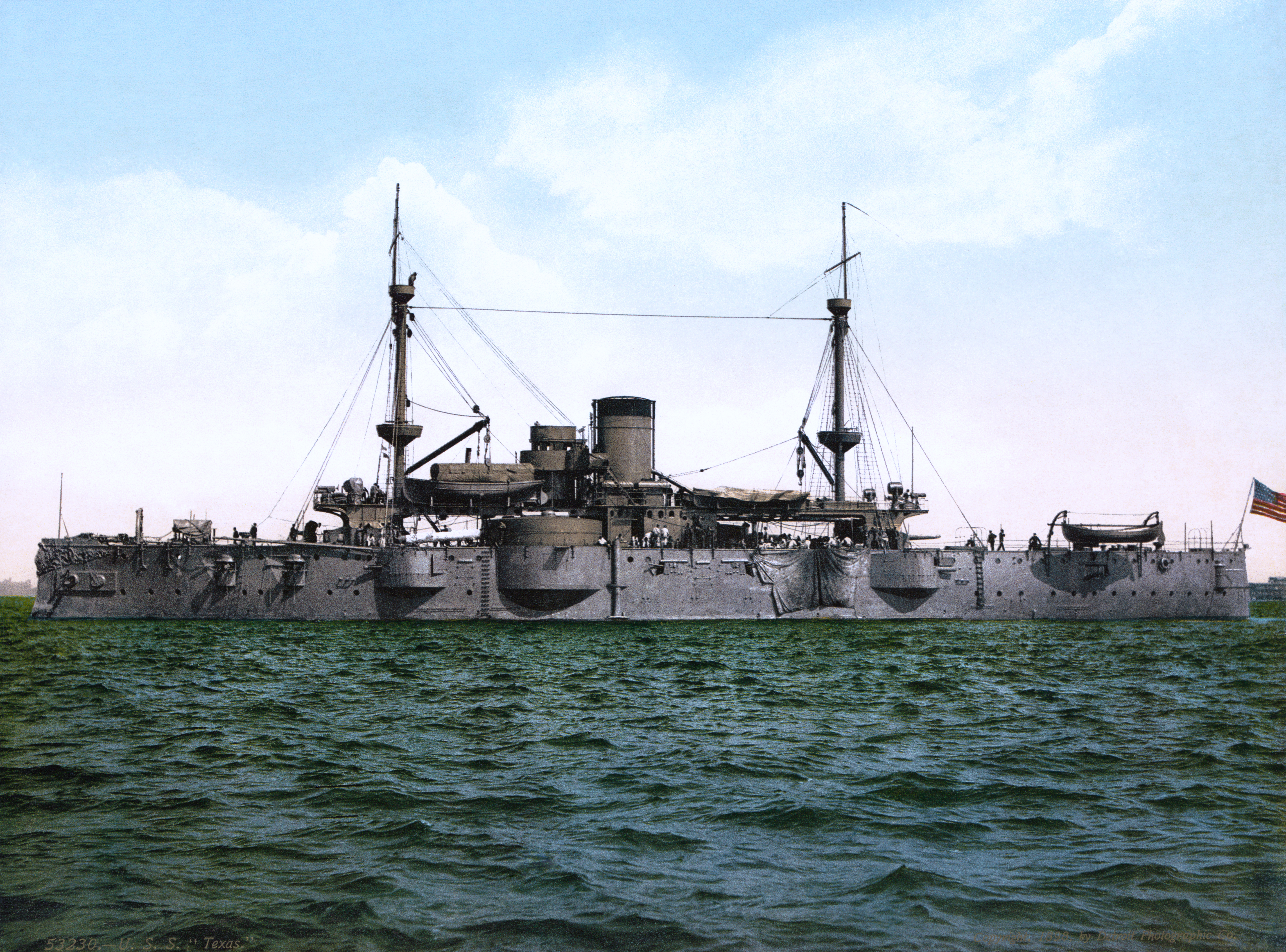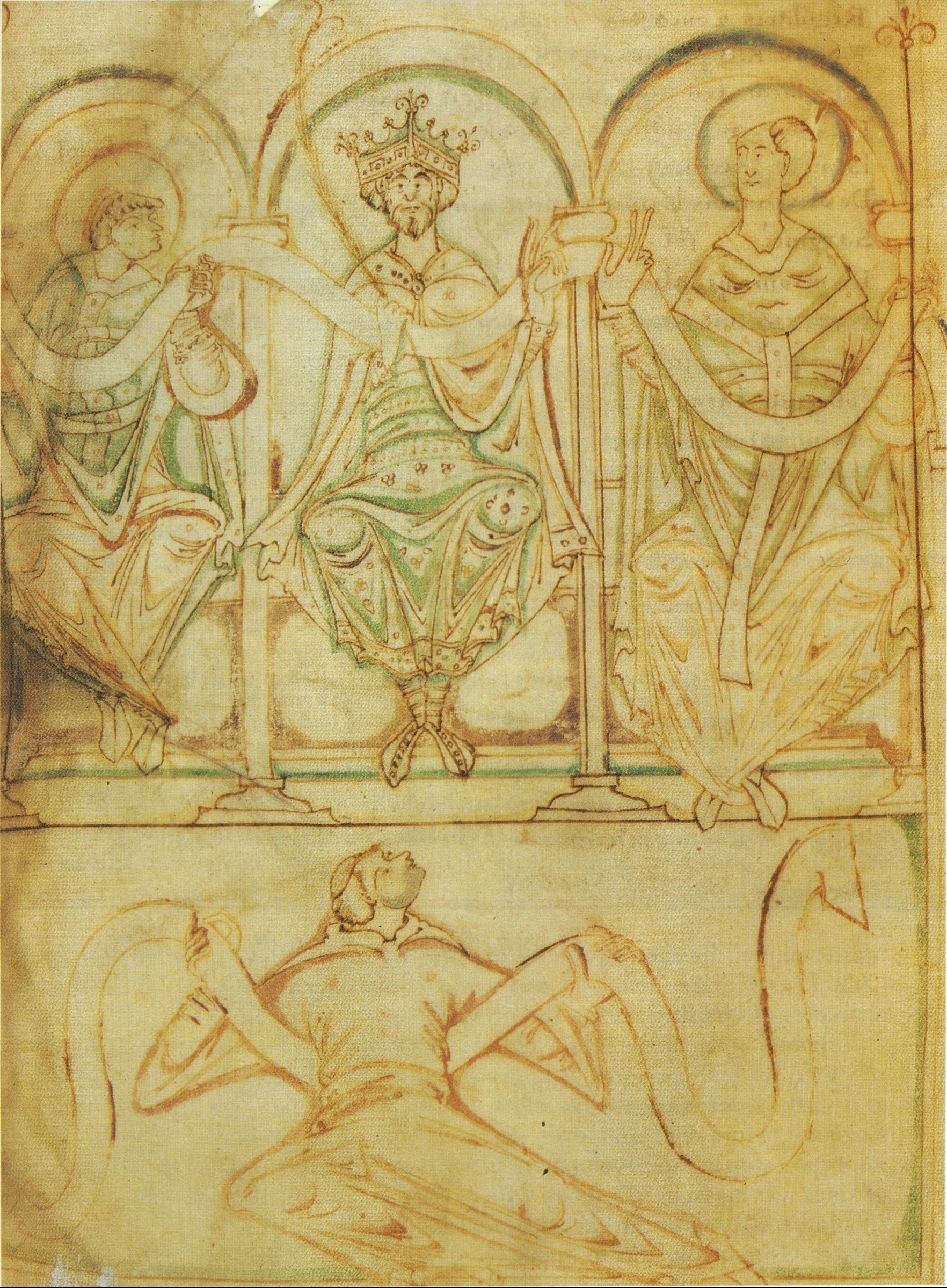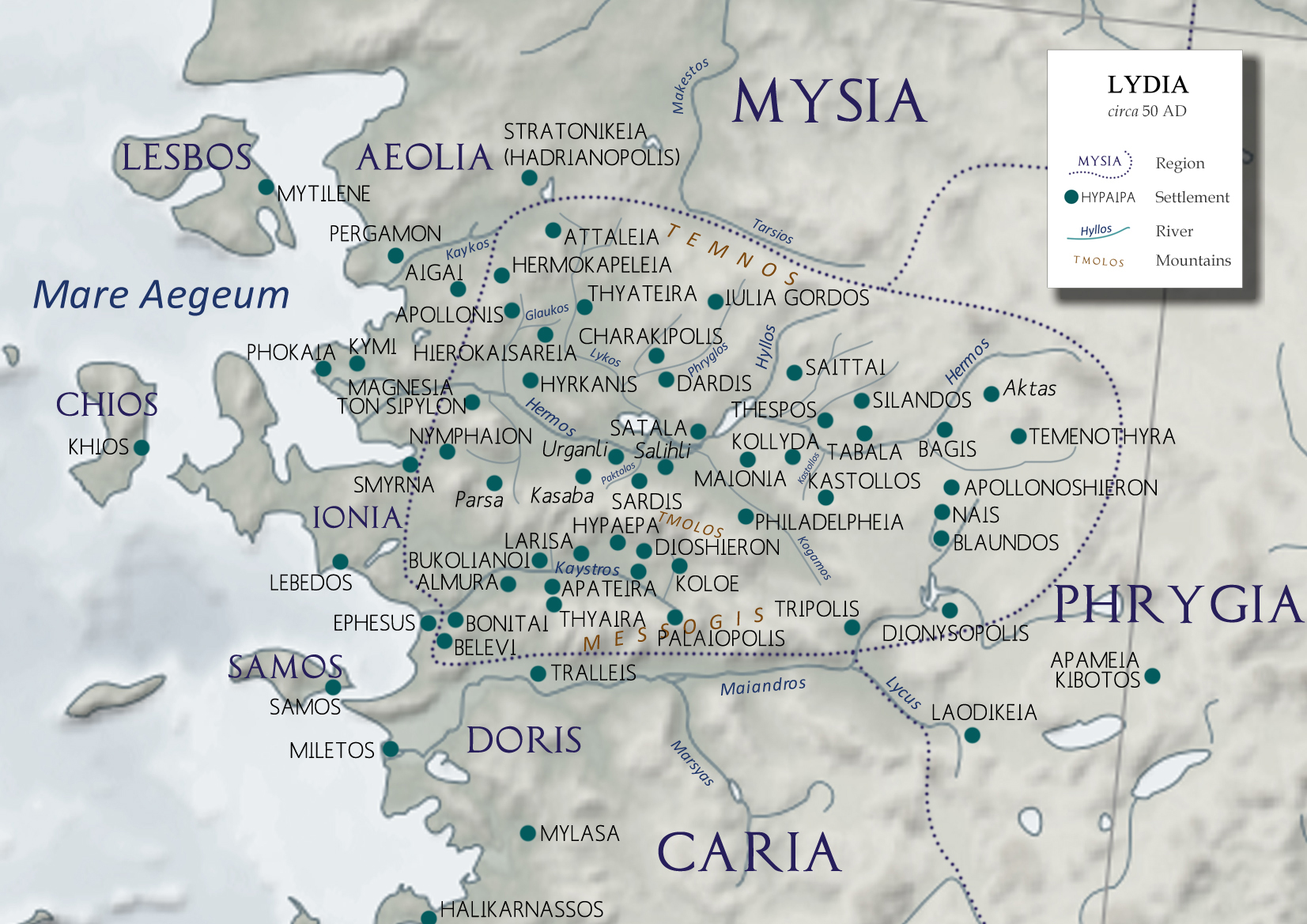|
French Cruiser Edgar Quinet
''Edgar Quinet'' was an armored cruiser of the French Navy, the lead ship of her class. She and her sister ship, , were the last class of armored cruiser to be built by the French Navy. ''Edgar Quinet'' was laid down in November 1905, launched in September 1907, and completed in January 1911. Armed with a main battery of fourteen guns, she was more powerful than most other armored cruisers, but she had entered service more than two years after the first battlecruiser——had rendered armored cruisers obsolescent. At the outbreak of World War I in August 1914, ''Edgar Quinet'' participated in the hunt for the German battlecruiser and then joined the blockade of the Austro-Hungarian Navy in the Adriatic. She took part in the Battle of Antivari later in August, and the seizure of Corfu in January 1916, but saw no further action during the war. In 1922, she evacuated over a thousand civilians from Smyrna during the climax of the Greco-Turkish War. Converted into a t ... [...More Info...] [...Related Items...] OR: [Wikipedia] [Google] [Baidu] |
Edgar Quinet
Edgar Quinet (; 17 February 180327 March 1875) was a French historian and intellectual. Biography Early years Quinet was born at Bourg-en-Bresse, in the ''département'' of Ain. His father, Jérôme Quinet, had been a commissary in the army, but being a strong republican and disgusted with Napoleon's 18 Brumaire coup, he gave up his post and devoted himself to scientific and mathematical study. Edgar, who was an only child, was usually alone, but his mother (Eugénie Rozat Lagis, who was an educated person with strong, albeit original, Protestant religious views) exercised great influence over him. He was sent to school first in Bourg and then in Lyon. His father wished him on leaving school to go into the army, and then enter a business career. Quinet was determined to engage in literature, and after a time got his way when he moved to Paris in 1820. His first publication, the ''Tablettes du juif errant'' ("Tablets of the Wandering Jew"),which appeared in 1823, symbolized ... [...More Info...] [...Related Items...] OR: [Wikipedia] [Google] [Baidu] |
Laid Down
Laying the keel or laying down is the formal recognition of the start of a ship's construction. It is often marked with a ceremony attended by dignitaries from the shipbuilding company and the ultimate owners of the ship. Keel laying is one of the four specially celebrated events in the life of a ship; the others are launching, commissioning and decommissioning. In earlier times, the event recognized as the keel laying was the initial placement of the central timber making up the backbone of a vessel, called the keel. As steel ships replaced wooden ones, the central timber gave way to a central steel beam. Modern ships are most commonly built in a series of pre-fabricated, complete hull sections rather than around a single keel. The event recognized as the keel laying is the first joining of modular components, or the lowering of the first module into place in the building dock. It is now often called "keel authentication", and is the ceremonial beginning of the ship's li ... [...More Info...] [...Related Items...] OR: [Wikipedia] [Google] [Baidu] |
Length Overall
__NOTOC__ Length overall (LOA, o/a, o.a. or oa) is the maximum length of a vessel's hull measured parallel to the waterline. This length is important while docking the ship. It is the most commonly used way of expressing the size of a ship, and is also used for calculating the cost of a marina A marina (from Spanish , Portuguese and Italian : ''marina'', "coast" or "shore") is a dock or basin with moorings and supplies for yachts and small boats. A marina differs from a port in that a marina does not handle large passenger ships o ... berth (for example, £2.50 per metre LOA). LOA is usually measured on the hull alone. For sailing ships, this may ''exclude'' the bowsprit and other fittings added to the hull. This is how some racing boats and tall ships use the term LOA. However, other sources may include bowsprits in LOA. Confusingly, LOA has different meanings. "Sparred length", "Total length including bowsprit", "Mooring length" and "LOA including bowsprit" are oth ... [...More Info...] [...Related Items...] OR: [Wikipedia] [Google] [Baidu] |
Stem (ship)
The stem is the most forward part of a boat or ship's bow and is an extension of the keel itself. It is often found on wooden boats or ships, but not exclusively. Description The stem is the curved edge stretching from the keel below, up to the gunwale of the boat. It is part of the physical structure of a wooden boat or ship that gives it strength at the critical section of the structure, bringing together the port and starboard side planks of the hull. Plumb and raked stem There are two styles of stems: ''plumb'' and ''raked''. When the stem comes up from the water, if it is perpendicular to the waterline it is "plumb". If it is inclined at an angle to the waterline it is "raked". (For example, "The hull is single decked and characterized by a plumb stem, full bows, straight keel, moderate deadrise, and an easy turn of bilge.") Stemhead Because the stem is very sturdy, the top end of it may have something attached, either ornamental or functional in nature. On smalle ... [...More Info...] [...Related Items...] OR: [Wikipedia] [Google] [Baidu] |
Pre-dreadnought Battleship
Pre-dreadnought battleships were sea-going battleships built between the mid- to late- 1880s and 1905, before the launch of in 1906. The pre-dreadnought ships replaced the ironclad battleships of the 1870s and 1880s. Built from steel, protected by case-hardened steel armour, and powered by coal-fired triple-expansion steam engines, pre-dreadnought battleships carried a main battery of very heavy guns in fully enclosed rotating turrets supported by one or more secondary batteries of lighter weapons. In contrast to the multifarious development of ironclad warships in preceding decades, the 1890s saw navies worldwide start to build battleships to a common design as dozens of ships essentially followed the design of the Royal Navy's . The similarity in appearance of battleships in the 1890s was underlined by the increasing number of ships being built. New naval powers such as Germany, Japan, the United States, and to a lesser extent Italy and Austria-Hungary, began to estab ... [...More Info...] [...Related Items...] OR: [Wikipedia] [Google] [Baidu] |
Canon De 164 Mm Modèle 1893
Railroad model, 1916. The Canon de 164 mm Modèle 1893 was a medium-caliber naval gun used as the secondary armament of a number of French pre-dreadnoughts and armoured cruisers during World War I. It was used as railway artillery in both World Wars and as coastal artillery in World War II. Description The 45 caliber Canon de 164 mm Modèle 1893 gun was a typical built-up French heavy gun of its period. It used a Welin interrupted-screw breech and bagged propellant with a de Bange obturator to get a good gas seal during firing. It was replaced by the Mle 1893/96 gun which used a plastic seal for the obturator, differed in the construction of the gun, had a slightly longer barrel of 46.6 calibers and the newer gun was able to fire a new HE shell further than that used by the older gun. Naval mounts The Mle 1893 and 1893/96 guns were mounted in casemated pivot mounts with the ability to depress to -10° and elevate to +25°. The guns fired shells at a muzzle veloc ... [...More Info...] [...Related Items...] OR: [Wikipedia] [Google] [Baidu] |
Edgar Quinet Class Cruiser Plan And Profile
Edgar is a commonly used English given name, from an Anglo-Saxon name ''Eadgar'' (composed of '' ead'' "rich, prosperous" and '' gar'' "spear"). Like most Anglo-Saxon names, it fell out of use by the later medieval period; it was, however, revived in the 18th century, and was popularised by its use for a character in Sir Walter Scott's '' The Bride of Lammermoor'' (1819). People with the given name * Edgar the Peaceful (942–975), king of England * Edgar the Ætheling (c. 1051 – c. 1126), last member of the Anglo-Saxon royal house of England * Edgar of Scotland (1074–1107), king of Scotland * Edgar Angara, Filipino lawyer * Edgar Barrier, American actor * Edgar Baumann, Paraguayan javelin thrower * Edgar Bergen, American actor, radio performer, ventriloquist * Edgar Berlanga, American boxer * Edgar H. Brown, American mathematician * Edgar Buchanan, American actor * Edgar Rice Burroughs, American author, creator of ''Tarzan'' * Edgar Cantero, Spanish author in Cata ... [...More Info...] [...Related Items...] OR: [Wikipedia] [Google] [Baidu] |
Greco-Turkish War (1919–22)
{{Disambiguation ...
There have been several Greco-Turkish Wars: *Greek War of Independence (1821–1830), against the Ottoman Empire *Undeclared war in 1854 during the Crimean War, with Greek irregulars invading Ottoman Epirus ( Epirus Revolt of 1854) and Thessaly * First Greco-Turkish War (1897) *Greek front of the First Balkan War (1912–13) * Second Greco-Turkish War (1919–1922), also called the ''Asia Minor Campaign'' or the ''Western Front'' of the Turkish War of Independence This term may also refer to the medieval predecessor civilisations of Greece and Turkey: *Byzantine–Seljuk wars * Byzantine–Ottoman wars See also * Aegean dispute * Greece–Turkey relations *Turkish invasion of Cyprus The Turkish invasion of Cyprus began on 20 July 1974 and progressed in two phases over the following month. Taking place upon a background of intercommunal violence between Greek and Turkish Cypriots, and in response to a Greek junta-spo ... [...More Info...] [...Related Items...] OR: [Wikipedia] [Google] [Baidu] |
Smyrna
Smyrna ( ; grc, Σμύρνη, Smýrnē, or , ) was a Greek city located at a strategic point on the Aegean coast of Anatolia. Due to its advantageous port conditions, its ease of defence, and its good inland connections, Smyrna rose to prominence. The name of the city since about 1930 is İzmir. Two sites of the ancient city are today within Izmir's boundaries. The first site, probably founded by indigenous peoples, rose to prominence during the Archaic Period as one of the principal ancient Greek settlements in western Anatolia. The second, whose foundation is associated with Alexander the Great, reached metropolitan proportions during the period of the Roman Empire. Most of the present-day remains of the ancient city date from the Roman era, the majority from after a second-century AD earthquake. In practical terms, a distinction is often made between these. ''Old Smyrna'' was the initial settlement founded around the 11th century BC, first as an Aeolian settlement, and la ... [...More Info...] [...Related Items...] OR: [Wikipedia] [Google] [Baidu] |
Corfu
Corfu (, ) or Kerkyra ( el, Κέρκυρα, Kérkyra, , ; ; la, Corcyra.) is a Greek island in the Ionian Sea, of the Ionian Islands, and, including its small satellite islands, forms the margin of the northwestern frontier of Greece. The island is part of the Corfu regional unit, and is administered by three municipalities with the islands of Othonoi, Ereikoussa, and Mathraki.https://corfutvnews.gr/diaspasi-deite-tin-tropologia/ The principal city of the island (pop. 32,095) is also named Corfu. Corfu is home to the Ionian University. The island is bound up with the history of Greece from the beginnings of Greek mythology, and is marked by numerous battles and conquests. Ancient Korkyra took part in the Battle of Sybota which was a catalyst for the Peloponnesian War, and, according to Thucydides, the largest naval battle between Greek city states until that time. Thucydides also reports that Korkyra was one of the three great naval powers of fifth century BC Greec ... [...More Info...] [...Related Items...] OR: [Wikipedia] [Google] [Baidu] |
Battle Of Antivari
The Battle of Antivari or Action off Antivari was a naval engagement between a large fleet of French and British warships and two ships of the Austro-Hungarian navy at the start of the First World War. The old Austrian protected cruiser and the destroyer were blockading the Montenegrin port of Antivari, when on 16 August 1914, they were surprised and cut off by a large Anglo-French force that had sortied into the Adriatic. ''Zenta'' fought and was destroyed, to give ''Ulan'' a chance to escape, which she did. The ships of the Austrian fleet at Cattaro, unaware of events, did not come out of port to meet the Allied fleet. After blockading the Adriatic for a short while the French were forced to withdraw due to a lack of supplies. Background When war broke out between the Austro-Hungarian Empire and Montenegro, the Austro-Hungarians began a blockade of the Montenegrin coast as well as several bombardments of various towns including the port of Antivari (today Bar), where the pr ... [...More Info...] [...Related Items...] OR: [Wikipedia] [Google] [Baidu] |
Austro-Hungarian Navy
The Austro-Hungarian Navy or Imperial and Royal War Navy (german: kaiserliche und königliche Kriegsmarine, in short ''k.u.k. Kriegsmarine'', hu, Császári és Királyi Haditengerészet) was the naval force of Austria-Hungary. Ships of the Austro-Hungarian Navy were designated ''SMS'', for '' Seiner Majestät Schiff'' (His Majesty's Ship). The k.u.k. Kriegsmarine came into being after the formation of Austria-Hungary in 1867, and ceased to exist in 1918 upon the Empire's defeat and subsequent collapse at the end of World War I. Prior to 1867, the Imperial Austrian Navy or simply the Austrian Navy, saw action in the French Revolutionary Wars, the Napoleonic Wars, the Austrian expedition against Morocco (1829), the Second Egyptian–Ottoman War, the First and Second Wars of Italian Independence, the Second Schleswig War, and the Third War of Italian Independence. Following Austria's defeat by Prussia and Italy during the Seven Weeks' War, the Austrian Empire reformed it ... [...More Info...] [...Related Items...] OR: [Wikipedia] [Google] [Baidu] |




